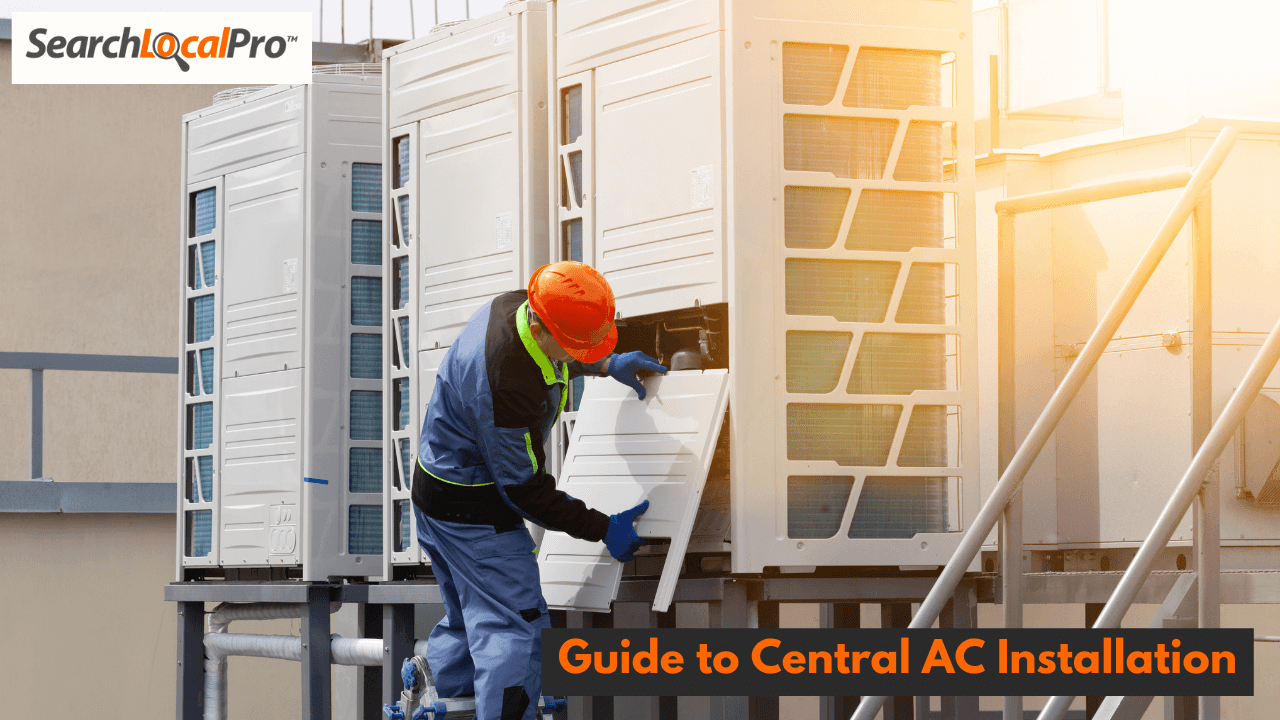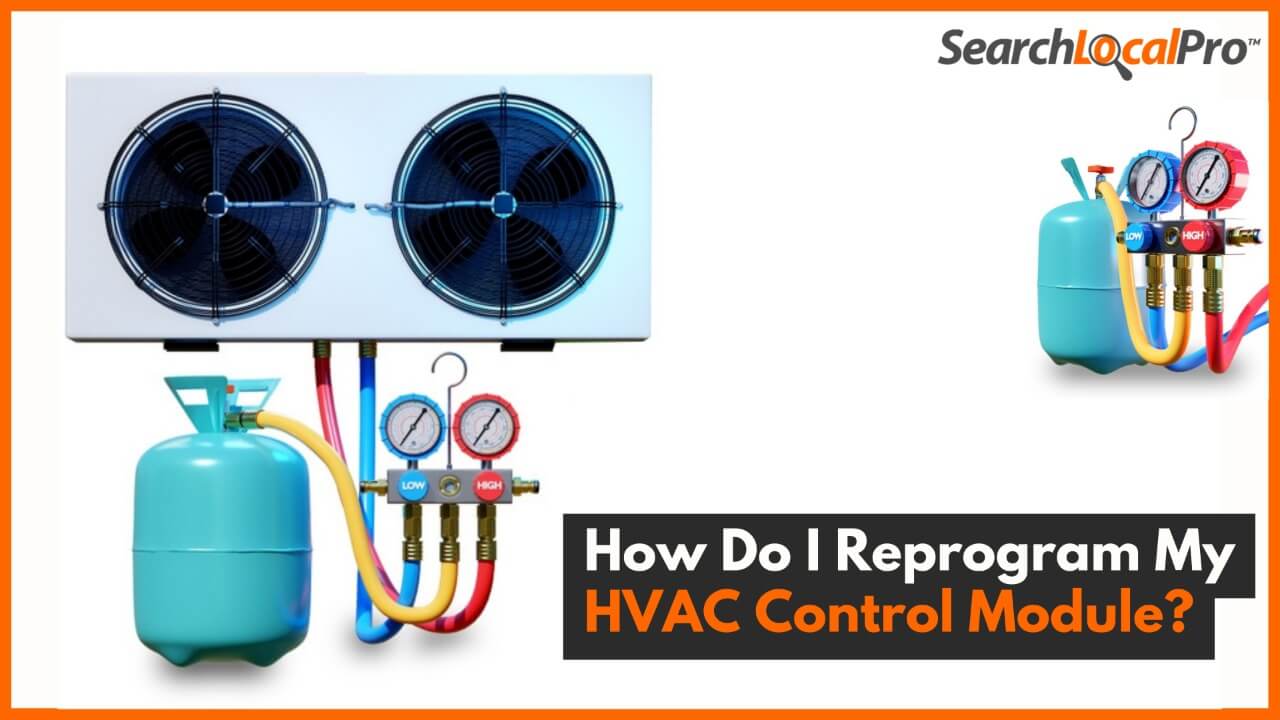Installing a central air conditioning system is a significant investment that enhances the comfort and livability of your home. “A Comprehensive Guide to Central AC Installation” aims to provide you with all the essential information you need to navigate this process successfully. From understanding the different types of systems available to assessing your home’s specific cooling needs, this guide covers every step involved in selecting, installing, and maintaining a central AC unit.
Whether you’re a homeowner looking to upgrade your current system or installing central air for the first time, this comprehensive guide will equip you with the knowledge to make informed decisions and ensure a smooth installation experience.
What is Central Air Conditioning?
A central air conditioning system comprises an outdoor unit and an indoor unit connected by refrigerant lines. The outdoor unit, often referred to as the condenser, houses the compressor, which pressurizes refrigerant, and the condenser coil, which releases heat extracted from your home’s air. The indoor unit, also known as the air handler, contains the evaporator coil, which absorbs heat from the air, and a blower fan that circulates the cooled air through your home’s ductwork.
Types of Central AC Systems
Central AC systems come in various configurations to suit different needs and budgets. Here’s a breakdown of the most common types:
- Split-system AC: This is the most popular type, with separate indoor and outdoor units connected by refrigerant lines.
- Packaged AC: All components – compressor, condenser coil, evaporator coil, and blower fan – are housed in a single, compact unit typically placed outside on a concrete pad.
Selecting a Central AC Unit
Choosing the right central AC unit for your home requires careful consideration. Here are some key factors to ponder:
- Size: Selecting the appropriate size, measured in British thermal units (BTUs), is crucial. A unit too small will struggle to cool your home effectively, while an oversized unit will cycle on and off frequently, decreasing efficiency and increasing energy costs.
- Efficiency: Look for units with a high Seasonal Energy Efficiency Ratio (SEER) rating. A higher SEER rating signifies a more efficient system, translating to lower energy bills.
- Features: Consider features like variable-speed compressors that adjust cooling output for optimal comfort and energy savings. Multi-stage units provide quieter operation and more precise temperature control.
Sizing and Efficiency
Sizing your central AC unit is a crucial step to ensure optimal performance and comfort. An oversized unit might cool your home quickly but will cycle on and off frequently, leading to higher energy bills and reduced overall efficiency. Conversely, an undersized unit will struggle to maintain a comfortable temperature, leading to frustration and potentially equipment strain.
Here’s where consulting a qualified HVAC (Heating, Ventilation, and Air Conditioning) professional becomes invaluable. They can assess your home’s size, insulation level, sun exposure, and other factors to determine the perfect size central AC unit for your needs. They can also guide you towards energy-efficient options that prioritize both comfort and cost savings.
Tools Required for Central AC Installation
While some might be tempted to tackle central AC installation as a DIY project, it’s highly recommended to leave this job to licensed HVAC professionals. They possess the expertise, experience, and specialized tools necessary for a safe and successful installation. However, if you’re curious about the process, here’s a glimpse into the tools commonly employed:
- Pipe cutters and benders for refrigerant lines
- Electrical tools for wiring the unit
- Vacuum pump to evacuate air and moisture from the refrigerant lines
- Manometers to measure refrigerant pressure
- Sheet metal tools for ductwork modifications (if necessary)
Central Air Installation: Step-by-Step Process
For a general understanding, here’s a simplified breakdown of the central AC installation process:
- Site evaluation: A qualified HVAC technician will visit your home to assess your existing ductwork, electrical wiring, and space availability for both the indoor and outdoor units.
- System selection: Based on the evaluation and your preferences, the technician will recommend a suitable central AC unit.
- Permitting (if applicable): Depending on your local regulations, obtaining a permit for the installation might be necessary.
- Installation: The technician will meticulously install the outdoor unit, connect it to the indoor unit with refrigerant lines, and ensure proper electrical connections. They may also modify existing ductwork to accommodate the new system.
- System startup and testing: Once the installation is complete, the technician will meticulously test the system for proper operation, refrigerant pressure, and airflow.
- System demonstration and homeowner education: The technician will explain the operation of your new central AC system and provide valuable information on maintenance and troubleshooting.
How Much Does Central Air Installation Cost?
The cost of central AC installation can vary depending on several factors, including:
- Size and capacity of the AC unit: Larger units with higher BTUs will naturally cost more than smaller units.
- Efficiency rating: High-efficiency units with a superior SEER rating typically come with a higher upfront cost, but they translate to significant energy savings over time.
- Complexity of installation: If your home lacks existing ductwork or requires extensive modifications, installation costs may increase.
- Labor rates: Local HVAC contractor rates can vary depending on their experience and demand in your area.
Central Air Installation: Can I DIY?
While some aspects of homeownership lend themselves well to DIY projects, central AC installation is not one of them. Here’s why it’s best to leave it to the professionals:
- Safety hazards: Working with electrical wiring and refrigerant lines poses safety risks if not handled by qualified technicians. Improper handling of refrigerants can lead to environmental damage and health concerns.
- Expertise and experience: HVAC professionals possess the knowledge and experience to ensure proper installation, maximizing efficiency and minimizing the risk of future problems.
- Warranty considerations: Most central AC unit manufacturers require professional installation to uphold warranty coverage. DIY installation might void the warranty, leaving you vulnerable to unexpected repair costs.
Peace of mind and long-term savings are invaluable when it comes to your home comfort system. A qualified HVAC contractor will guarantee a safe, efficient, and warrantied installation, ultimately saving you money and hassle in the long run.
Conclusion
Conquering the summer heat doesn’t have to be a battle. By investing in a central AC system and trusting the installation process to qualified professionals, you can transform your home into a cool and comfortable haven throughout the hottest months. This comprehensive guide has equipped you with the knowledge to make informed decisions regarding central AC systems and their installation. Remember, a cool and comfortable summer awaits – so take the plunge and breathe easy!




